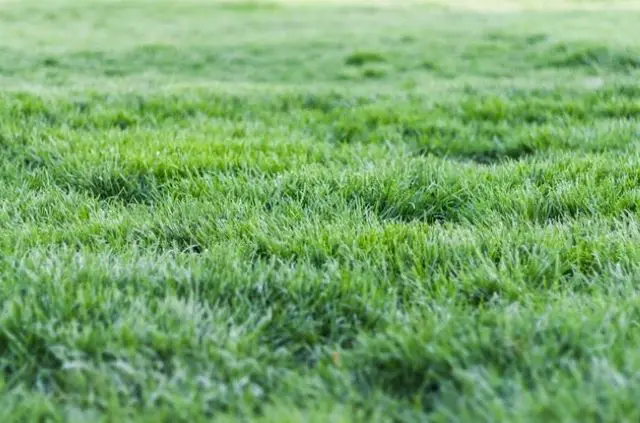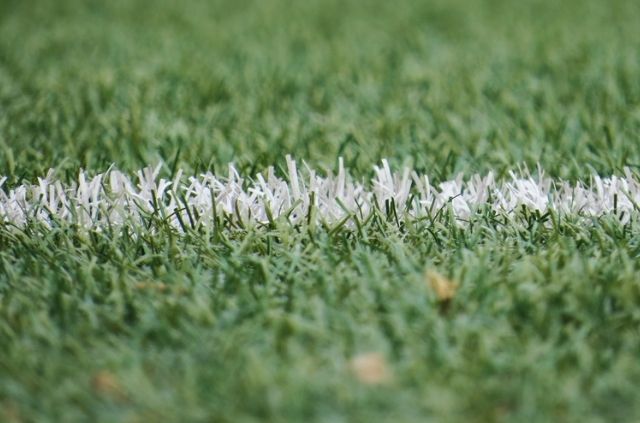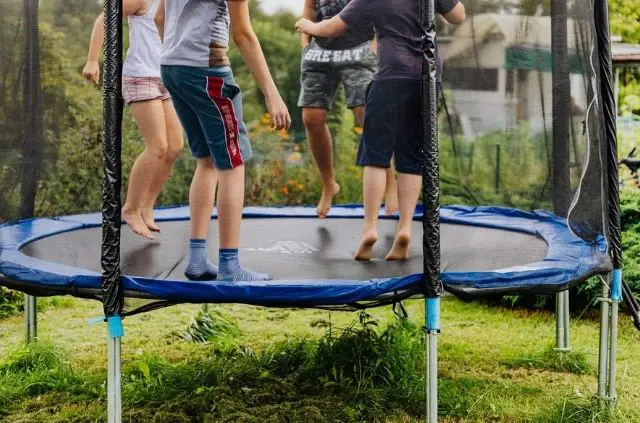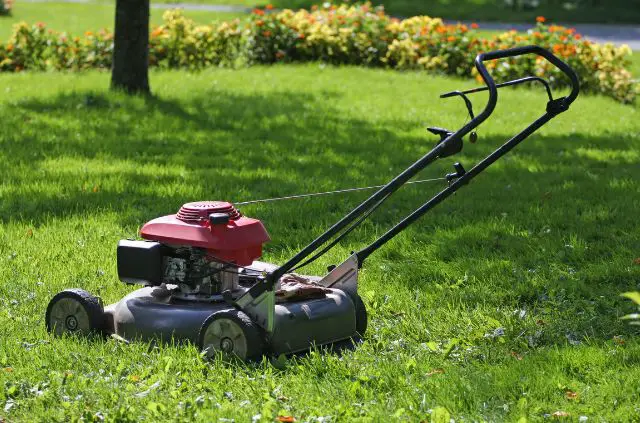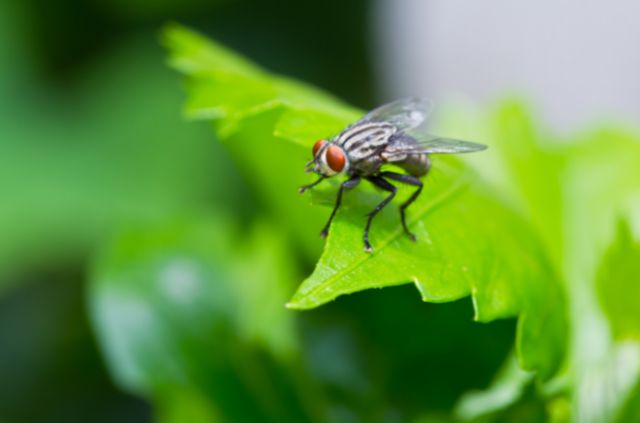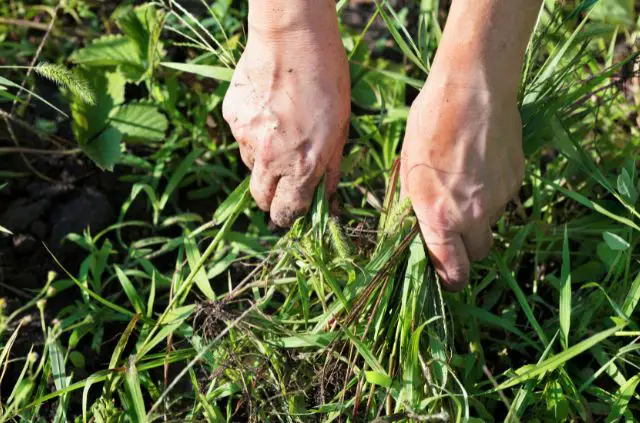Should You Scalp Bermuda Grass?
Bermuda grass is a popular grass type mostly found throughout southern environments of the United States. When taken care of correctly, it has an aesthetic vibrant green color. But should you scalp Bermuda grass for routine maintenance?
You should scalp Bermuda grass between late March and early May. This is when temperatures begin to rise and the soil gets warmer. Scalping your grass is an essential part of having a healthy lawn, after the dormant winter months.
What is Grass Scalping?
Scalping may seem like a dangerous thing to do, but it’s an important part of regular lawn care. You can scalp your lawn by setting the mower to the lowest setting. This is best done in early spring, once the winter has come to an end.
Cutting the grass at this low height will expose more soil to the sun. Bermuda grass is a warm season species and needs to be scalped once a year. It becomes dormant in the winter and scalping during the spring will aide the growing process.
When to Scalp Bermuda Grass?
The best time to scalp Bermuda grass is in the spring. The exact time of year will vary depending on where you live, but this date typically falls between late March and early May.
It’s common to scalp a lawn during this period, because the Bermuda grass will be coming out of the dormant period after winter. Around this time is when your lawn will start growing at a faster rate.
As the weather starts to get warmer, the soil beneath the grass does too. It’s important to scalp after the last frost has passed so the soil temperatures are warm enough. The dirt should be around 55-65℉ for optimal scalping.
How to Scalp Bermuda Grass
Scalping Bermuda grass is a necessary step when it comes to routine maintenance. The grass will grow back healthier than it was once you have cut it at a low height. Not all grass species can be scalped, but Bermuda grass can tolerate a short mow. This process will remove dead grass and expose more of the soil.
1. Remove Surface Debris
Before mowing your lawn it’s critical to remove any debris on the surface. Clean up any sticks, leaves and pine needles from the lawn. The last thing you need is running over sticks and potentially damaging your mower. You should also move any lawn furniture, as you don’t want these items getting in your way during the scalping process.
Make sure to pick a sunny day for this landscaping project. You can mow in light amounts of rain, but it’s never a good idea. This is especially true if you have a lawn with slopes. Any time you’re mowing at an angle, the machine could slide down the grass when the conditions are wet. This can be dangerous but it will also damage your lawn as a result.
2. Scalp the Grass
Once all of the surface debris are clear, you can begin the scalping process. Set your mower to 0.5 inches, as this is the most effective height for scalping. You should only cut your lawn this low if your mower has a sharp blade. Dull blades can actually cause damage to the grass and tear the leaves apart, as opposed to cutting them.
Grass that gets torn up from dull blades have a high chance of getting diseases. You need to be patient during the scalping process, because you might not achieve the results you want with the first cut. Some Bermuda grass lawns will require multiple passes with the lawn mower for scalping. This can be due to grass that has become too thick.
3. Bag Clippings
You will need to pick up and remove any leftover clippings from scalping. Anytime you’re mowing the lawn at a low height, there will be a significant amount of clippings. You can either install a bag on your mower, or use a lawn sweeper. Regardless of the method you choose, it’s critical to remove all of this grass clippings after scalping.
Any clippings that remain on the surface will cause harm to your lawn. An excess amount of lawn clippings will block sunlight from reaching the soil and choke out the grass. This is also important because Bermuda grass is a warm climate species. It requires at least 6 hours of sunlight to thrive and blocking the grass roots will prevent this.
4. Aerate the Lawn
Aerating the lawn will help your grass grow healthy after the scalping process. This is when you use a machine to remove small plugs of dirt from the surface. Lawn aeration provides many benefits, as it allows air and moisture to enter the soil. These nutrients will help the grass roots and your lawn will be well-nourished as a result.
You want to aerate your lawn on a dry day to avoid causing any damage. Using an aerator on wet grass can cause the machine to slide and rip up parts of the lawn. A gasoline powered aerator will be the best tool for the job. You can aerate your lawn by hand, but it requires much more work and should only be done on small lawns.
Scalped Lawn Recovery Time
It will take around 4 weeks for Bermuda grass to recover after scalping. However, the amount of time will really depend on where you live. If your area gets rain on a regular basis, the grass will turn back to normal much quicker.
But if you live in a dry environment, it will take longer for your grass to recover. You can speed up this process by watering the lawn in short periods several times a day. Always avoid overwatering with Bermuda grass.
When NOT to Scalp Bermuda Grass
Now that you understand how to scalp Bermuda grass, it helps to learn when you shouldn’t scalp. Avoid scalping Bermuda grass during peak growing season. This will be from the late spring, to late summer.
Scalping during this time of year will cause an excessive amount of stress on your lawn. The surface will turn brown or yellow, and might not grow again until next season. In other words, this will ruin your lawn for the summer.
Remember that you should only scalp Bermuda grass right before green-up, or in the early fall. Around these times are when the grass is dormant, which makes it safe to cut the lawn at a shorter height.
Final Thoughts
Hopefully you have learned that scalping Bermuda grass is an essential part of regular lawn care. Grass must be cut at a short height, in order for sunlight to reach the soil.
This process is most effective between late March and early May. During this time of year the grass is still dormant, which means it has not yet reached peak growing season.
Make sure to avoid scalping your lawn in the summer, as this could potentially damage your lawn. Your lawn might not return to normal until the next season if you scalp Bermuda grass at the wrong time.
Further Reading
Search Terms
- Should you scalp Bermuda grass?
- When to scalp Bermuda grass?

